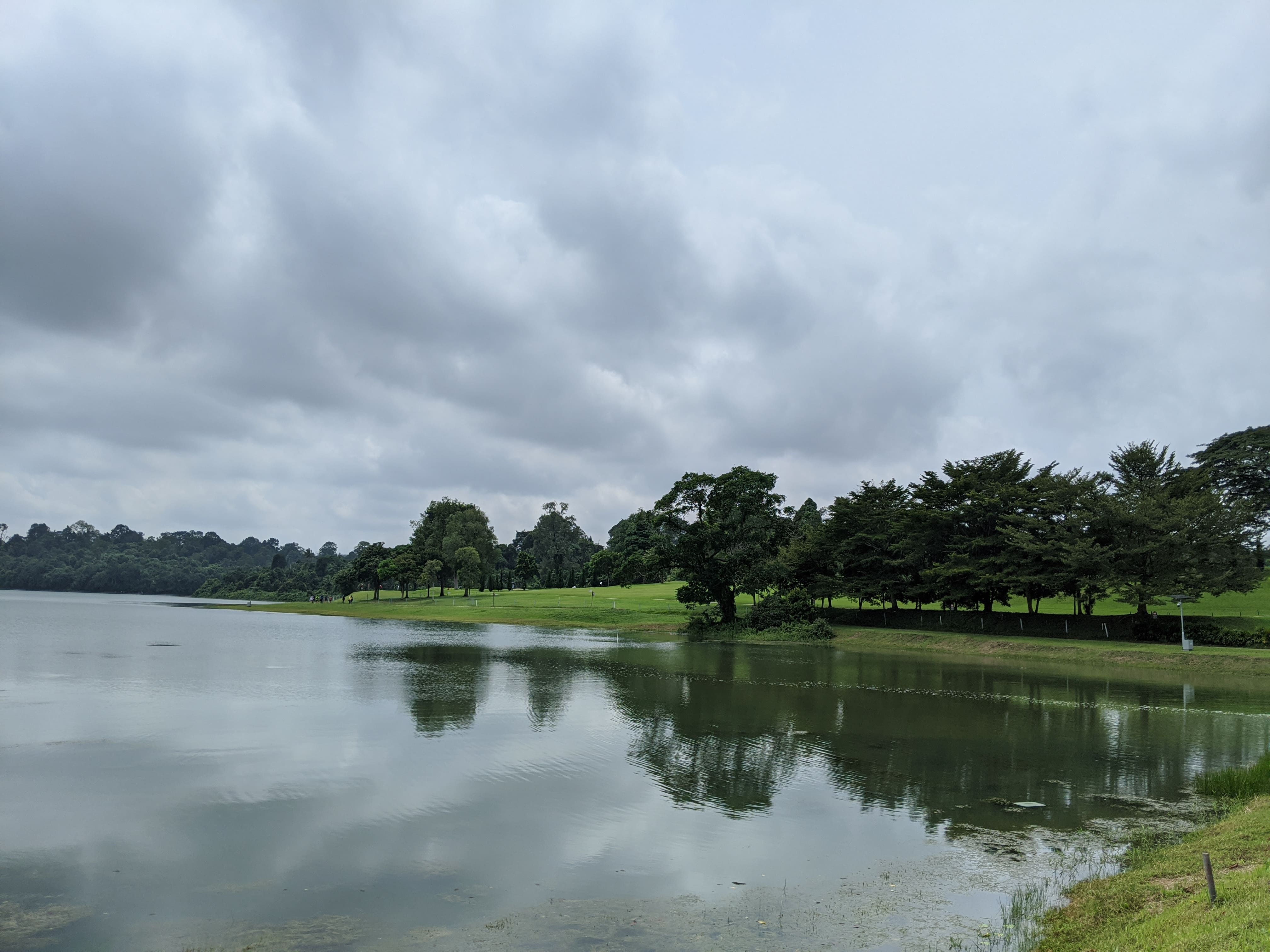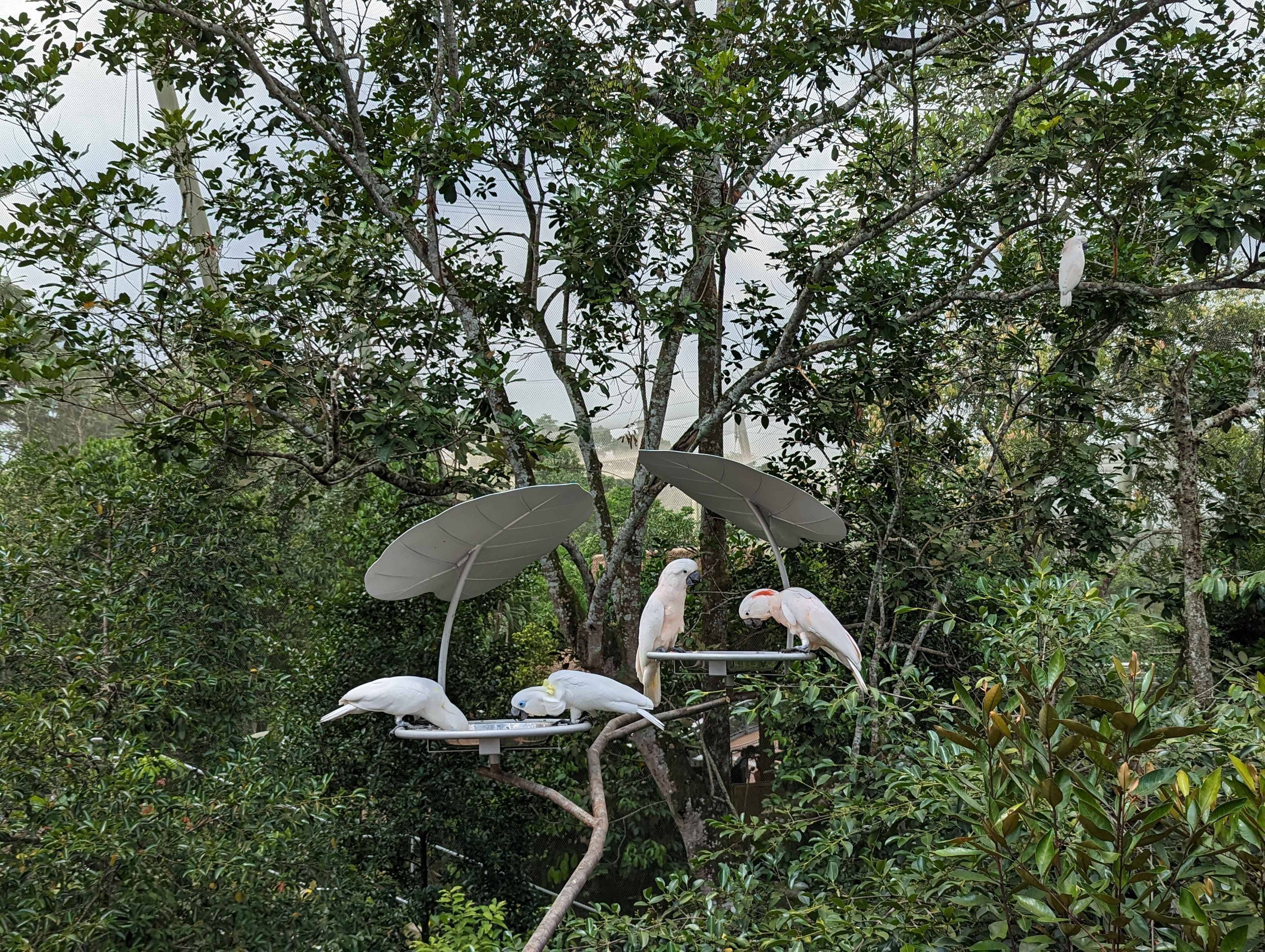
Why Singapore's nature and outdoors falls slightly short
Given the similarities between Hong Kong and Singapore, I’ve always wondered why Singapore lacked ‘naturey’ things to do. After all, I remember spending summers in Hong Kong out in the wild, be it hiking a new trail, visiting beaches, exploring rock pools or going on junk trips. The reality is that whilst both countries plan meticulously to preserve their natural environment, Singapore has a flatter and smaller landmass as well as a much more artificial approach in tackling the same situation. Today, we’ll dive into both countries’ approaches to nature planning and conservation, why Hong Kong’s natural landscape trump that of Singapore’s and what natural attractions and activities you can still do in Singapore.
Hong Kong’s approach
Hong Kong has designated several areas as Country Parks, covering around 40% of the total land area. According to the Agriculture, Fisheries and Conservation Department, there are 24 Country Parks, 22 Special Areas, and 12 Marine Parks in Hong Kong as of March 2021. These parks provide opportunities for hiking, camping, and other recreational activities, while also safeguarding the region’s unique flora and fauna.
In addition, the Hong Kong government has established a number of protected marine parks, covering around 6% of the territorial waters. These parks are important for the conservation of marine biodiversity, which is under threat from pollution and overfishing. According to the Hong Kong Marine Conservation Society, there are more than 5,000 marine species in Hong Kong waters, including endangered species such as the Chinese White Dolphin and the Green Sea Turtle.
Singapore’s approach
Singapore has implemented a comprehensive green infrastructure strategy, which includes the creation of parks, nature reserves, and other green spaces throughout the city. According to the National Parks Board, Singapore has around 350 parks and 4 nature reserves covering around 12% of the total land area. The parks and nature reserves provide opportunities for recreation, exercise, and relaxation, as well as preserving the city’s biodiversity. Singapore has also embarked on a project to transform its waterways into natural ecosystems, with the aim of improving water quality and biodiversity. The Active, Beautiful, Clean Waters (ABC Waters) program aims to transform the city’s waterways into natural environments that can support a variety of plants and animals.
Urban planning for both
In terms of urban planning, both Hong Kong and Singapore have incorporated green spaces into their development plans. Singapore has been particularly successful in this regard, with green roofs, vertical gardens, and other features becoming increasingly common in new buildings. There are over 1 million square meters of green roofs in Singapore as of 2020. In addition, the city has implemented a policy of requiring developers to provide a certain amount of green space in their projects.
Hong Kong has also incorporated green spaces into its urban planning, but the density of the city makes it more challenging to create large parks and other natural areas. Nevertheless, the city has implemented measures to increase greenery in the urban environment, such as the “Greening, Landscape and Tree Management Section” under the Leisure and Cultural Services Department, which manages over 7,500 hectares of parks and gardens, and plants around 1 million trees and shrubs each year, according to the department’s website.
Why Hong Kong’s natural attractions are more prevalent and exciting than Singapore
While Hong Kong has more designated nature areas, such as Country Parks and Marine Parks, compared to Singapore, there are several reasons why this is the case.
-
Hong Kong has a larger land area compared to Singapore. Hong Kong covers an area of approximately 1,106 square kilometers, while Singapore covers an area of only 728.3 square kilometers. This means that Hong Kong has more land available for nature conservation and recreation. The bigger the better
-
Hong Kong has a higher proportion of natural land cover compared to Singapore. According to a study by the University of Hong Kong, around 70% of Hong Kong’s land area is classified as natural land cover, including forests, grasslands, and wetlands. In contrast, only around 20% of Singapore’s land area is classified as natural land cover, with most of the remaining land used for urban development
-
Hong Kong has a more rugged terrain compared to Singapore, which has made it more difficult to develop and urbanize. This has resulted in large areas of undeveloped land that have been designated as nature reserves or parks. In contrast, Singapore has had to reclaim land from the sea to accommodate its growing population, which has reduced the amount of natural land available. This lack of natural landforms limits the development of natural habitats, which in turn affects the diversity of species that can be supported. It also poses challenges for the creation of hiking trails and outdoor recreational activities.
-
Singapore’s lack of biodiversity: Singapore’s rapid development has led to the loss of many natural habitats, such as forests, mangroves, and wetlands. This has caused a decline in native species, including birds, mammals, reptiles, and amphibians. In addition, the introduction of non-native species has also impacted the biodiversity of the region. For example, the Red-whiskered Bulbul, an invasive bird species, competes with native bird species for resources and has been known to drive them out of their habitats.
Due to Singapore’s small size and high population density, there are limited opportunities to create large, connected natural areas. This fragmentation of habitats makes it difficult for wildlife to move and interact, which can lead to reduced genetic diversity and the loss of ecosystem services. To address this, Singapore has established a network of nature reserves and green corridors to link up fragmented habitats and promote biodiversity conservation.
With what’s available, here’s my take on the best nature things to do in Singapore
 |
|---|
| Little Guilin in Bukit Batok |
Best nature spots and hikes in Singapore
Singapore’s a small island but here are the things to do.
Parks
- Gardens by the Bay - a stunning 250-acre nature park that features large supertrees, flower domes, and a Cloud Forest. Man-made
- Singapore Botanic Gardens - a UNESCO World Heritage Site that spans 74 hectares and features a wide variety of tropical plants and flowers. Great when not hot
- Fort Canning Park - a historic park that features lush greenery, heritage trails, and an amphitheater. In the heart of the city. Filled with mosquitoes though
Hikes
- MacRitchie Reservoir - a nature reserve that offers several hiking trails and scenic views of the reservoir. Pretty much the only ‘long’ hike in Singapore
- Bukit Timah Nature Reserve - a 164-hectare rainforest reserve that is home to a wide variety of flora and fauna.
- Sungei Buloh Wetland Reserve - a mangrove swamp that is home to many bird species and offers an opportunity to see a variety of wildlife up close. Plenty of crocodiles here Labrador Nature Reserve - a coastal park that offers hiking trails, a mangrove boardwalk, and great views of the sea.
- Southern Ridges - a 10-kilometer trail that connects several parks and nature reserves, offering stunning views of the city and the Southern Islands.
Beaches
- Sentosa - man-made but a nice visit once in a while. Junk trips off the island here
- Changi beach - out far east but a surprisingly relaxing spot. Kayak, fish and windsurf
- East coast - too packed. Nothing special but great for an evening walk
How Singapore is strengthening up its existing nature status quo
 |
|---|
| Newly opened Bird Paradise |
It’s not all doom and gloom. Singapore is trying to increase nature activities and improve nature integration in its development plan.
- Mandai Rejuvenation Project: The Mandai Rejuvenation Project is a long-term initiative that aims to transform the Mandai area into a nature destination. The project will include the relocation and redevelopment of the Singapore Zoo, Night Safari, River Safari, and Bird Park to create a more integrated wildlife experience. The project also includes the creation of a nature-themed resort, a rainforest park, and a nature-themed indoor attraction.
- City in Nature plan by 2030
- Greening and Blueing: This strategy aims to expand green spaces and water bodies across the city to enhance biodiversity and provide residents with access to nature. The government plans to add 200 hectares of green spaces and 50 hectares of water bodies by 2030.
- Enhancing biodiversity: Singapore aims to enhance its biodiversity by restoring and creating habitats for wildlife. The government plans to restore 1000 hectares of forest and mangroves and create a network of nature parks and corridors.
- Sustainable resource management: This strategy focuses on sustainable resource management by promoting the efficient use of resources, reducing waste, and increasing recycling. The government plans to reduce waste sent to landfill by 30% by 2030.
- Climate action: Singapore aims to mitigate the impacts of climate change and build resilience against its effects. The government plans to reduce its carbon emissions intensity by 36% by 2030 and promote renewable energy.
- Engaging the community: The government plans to engage the community in its efforts to create a City in Nature by promoting environmental awareness, fostering a sense of ownership and responsibility towards the environment, and encouraging active participation in conservation efforts.
Overall, Singapore is committed to preserving and enhancing its natural environment. The government has taken measures to expand green spaces and water bodies, restore and create habitats for wildlife, promote sustainable resource management, take action on climate change, and engage the community in conservation efforts. However, it is difficult to compare Singapore’s efforts with those of Hong Kong as both cities have unique geographical, cultural, and historical factors that influence their approach to conservation and sustainability. Unlucky.